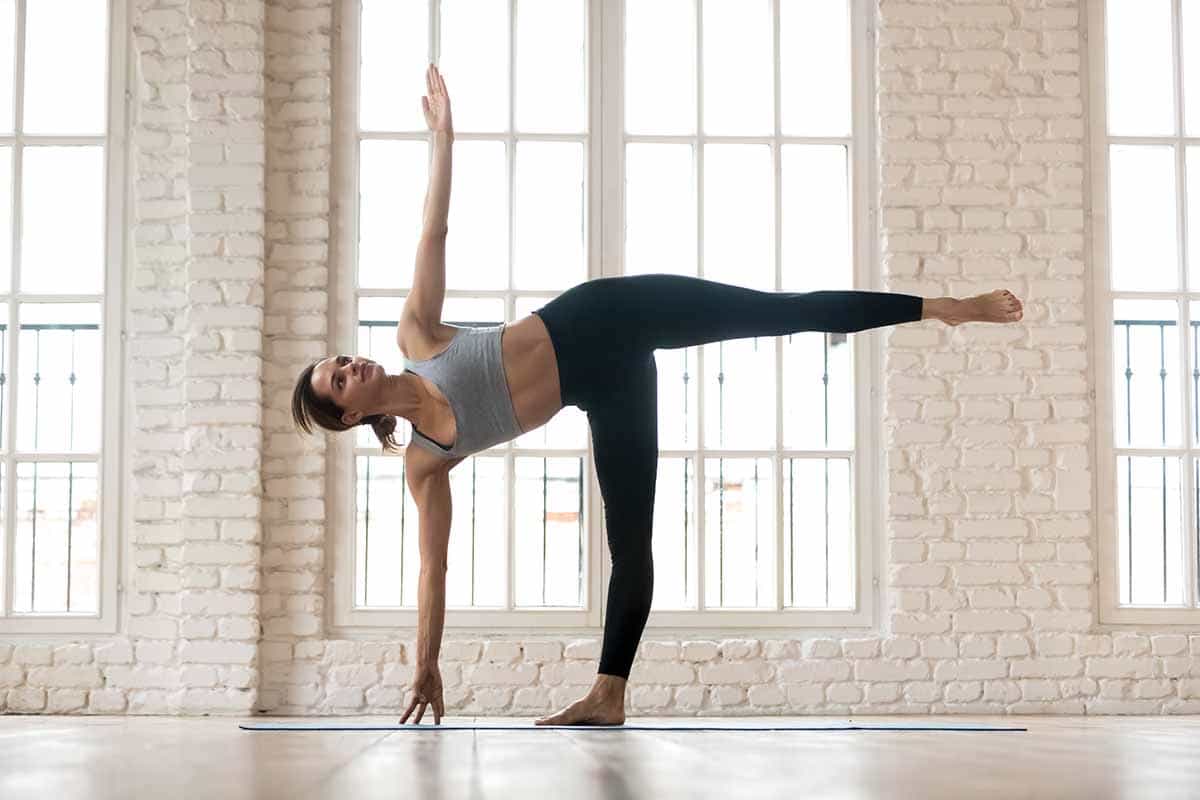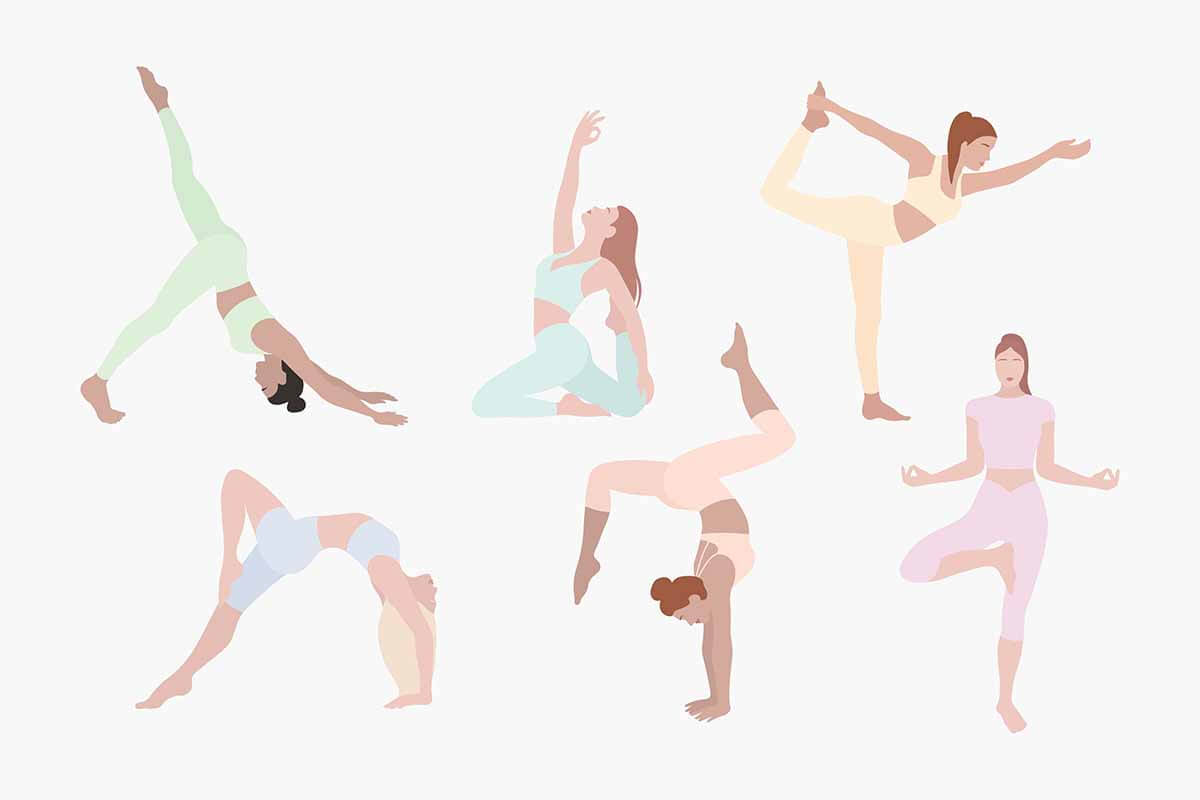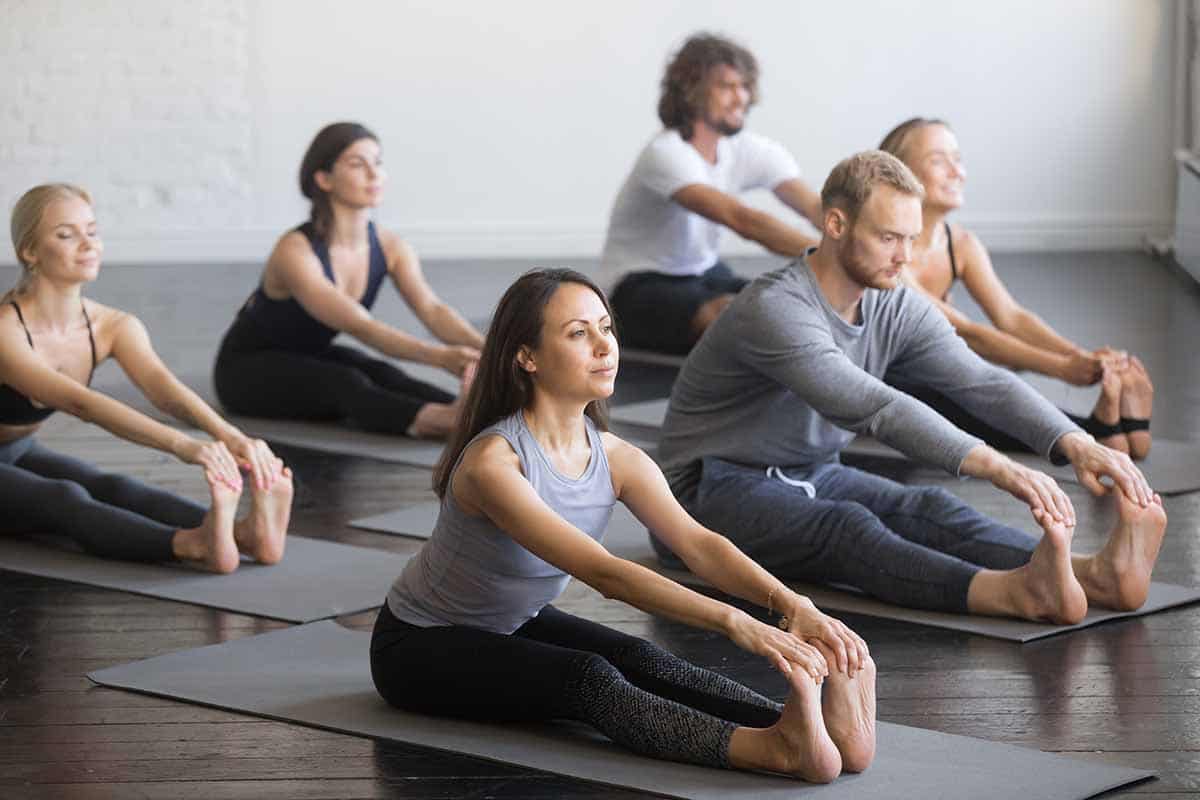
oga enthusiasts everywhere know the advantages that practicing certain poses can bring to the mind and body. The popular half moon pose is no exception to this and can bring numerous benefits to anyone’s daily yoga ritual.
The half moon pose is known for its benefits for the abdominals, back, and legs, as well as strengthening the joints. Additionally, the half moon pose can bring mental benefits, such as increased clarity and focus. Yogis can practice numerous variations on the half moon pose including the revolved half moon, the bound half moon, and the sugarcane pose.
If you are new to yoga and are not entirely sure what the half moon pose is and how it can enhance your daily routine, do not worry. Yoga is a process of continuous learning and growth. Keep reading to learn more about the benefits of the half moon pose, as well as some variations that you can try to spice up your practice.
Article Topics
What is the Half Moon Pose Good For?
In the half moon pose, yogis must balance on one leg while reaching to the ground with one hand and toward the sky with the other. Half moon pose being one of the intermediate yoga poses, can certainly test your abilities in balance and strength, and while this may sound demanding, it can create some real and lasting benefits. The half moon pose is especially good for the following things:
- Leg strength: Standing on one leg while attempting this pose will engage muscles in your calves and thighs and target them directly as you attempt to maintain the pose. Those looking for a great leg day routine will want to incorporate the half moon pose into their practice.
- Balance: Of course, standing on one leg requires a great deal of balance. If you are looking to improve your ability to balance for extended time periods, this can be the right pose for you.
- Joint strength: Maintaining this pose will give some reinforcement to the joints in your ankles, knees, and even shoulders as you bend and twist. Rather than being a jarring experience, this pose will keep your joints supple and strengthen them gradually.
- Back pain relief: The spinal twisting involved in this pose can provide some much-needed relief for anyone experiencing mild back pain. Through this pose, you are encouraging your spine to gently stretch as you open your chest and shoulders.
- Coordination: This pose is a dual effort between your legs and arms, and your coordination abilities will undoubtedly benefit from the simultaneous reaching and lifting involved in this pose.
Additionally, one of the wonderful things about yoga is that there are as many mental benefits as there are physical ones. The half moon pose is a great way to enhance your focus and clarity as you balance and test your coordination. The concentration involved in the pose will leave both your mind and body feeling good on the other side of it.
What is the Half Moon Pose Called?
In Sanskrit, the half moon pose is known as Ardha Chandrasana, a name dating back thousands of years to the beginning of the yogic tradition. This name is comprised of three parts:
- Ardha translating to “half”
- Chandra translating to “moon”
- Asana means “seat” or “posture,” a common suffix for many Sanskrit yoga poses.
The half moon pose is almost certainly called this because the balance and dual-limbed coordination draws parallel to the shape of a half moon in the sky and represents the harmonious balance between the moon and the sun as they share the sky.
How Do You Do the Half Moon Pose?
The half moon pose can be a challenge, as it requires the yogi to balance on one leg, raising the other leg until a 90-degree angle is formed. The arms are then raised into a T-formation, allowing the upper hand to reach for the sky and the lower hand to reach for the mat, causing the spine to twist and the chest to open.
While this is the traditional form of the half moon pose, there are several common variations:
- The sugarcane pose: In this variation, the upper hand reaches back, and the raised leg bends so that the ankle can be clasped by the hand, allowing for a deeper stretch and further test of balance.
- Knee on the floor: For those with limited balance, this can be done on a bent knee on the floor to give some ease.
- Revolved half moon: This variation will have you oriented with your chest toward the mat and then twisting.
- Bound half moon: This is a very demanding variation where the hands reach behind the back and under the leg to meet, further testing your balance and strength.
- Half moon with a block: Placing a block on the ground to rest your hand while doing this pose can also make it easier.
From its beginnings as a foundational yoga pose, these variations on the half moon pose will allow you to alter your practice to fit your needs and goals.
Half Moon Pose Picture
Sometimes the best way to learn a pose is to see it for yourself. This is an image of the half moon yoga pose.

Final Thoughts
Whether you are clarifying what you did in a yoga class or planning your own practice, it is natural to wonder what the half moon pose is and how it can benefit you. This popular and foundational yoga pose can enhance your strength in many areas and also bring some clarity and focus to your day.
Consider incorporating the half moon pose into your morning yoga practice to open up your body and mind for the day ahead. Additionally, if you are experiencing back pain, this pose can be a great way to get some relief. No matter when you do this pose, it is sure to challenge your balance and coordination and leave you feeling refreshed, strong, and ready to take on any upcoming obstacles in your day.



